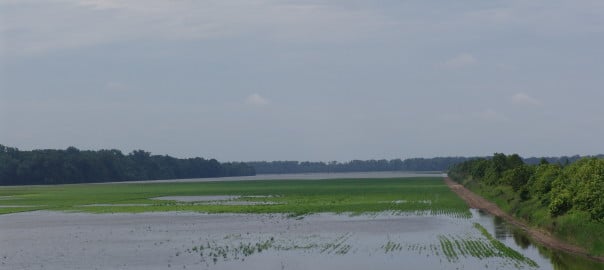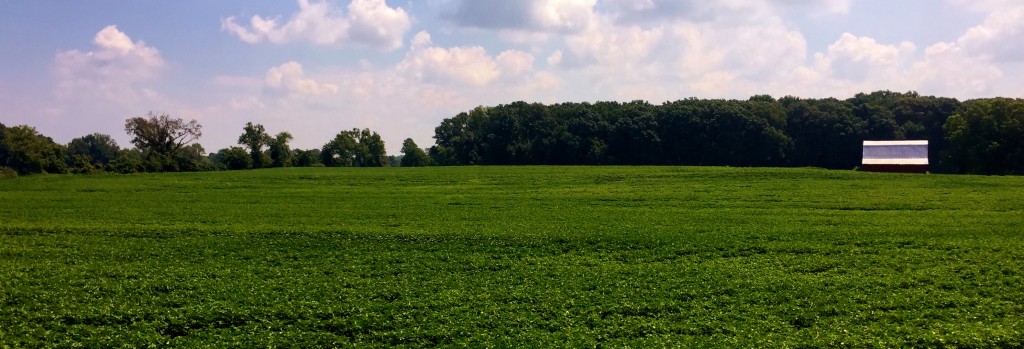 The West Tennessee Research and Education Center (WTREC) would like to cordially invite you to the 2015 University of Tennessee Cotton Tour. This event is scheduled Continue reading
The West Tennessee Research and Education Center (WTREC) would like to cordially invite you to the 2015 University of Tennessee Cotton Tour. This event is scheduled Continue reading
Category Archives: Weeds

August-Planted Soybean Weed Control Considerations
There was about 100,000 acres of crop that the Mississippi claimed when it went out of its banks in July. About 50,000 acres of that is being replanted back to soybeans. Most of that 50,000 acres is being planted this week (8/5). Some questions have come in on how to approach weed control in these ultra-late planted soybean. Continue reading
Identification of PPO-Resistant Palmer Amaranth
Identification of PPO-resistant Palmer amaranth has been a concern for many over the past couple of weeks. I am sure many of the Palmer amaranth escapes in West Tennessee are not due to resistance. However some definitely are. We are up to 4 counties now where the Palmer amaranth with the PPO-resistant gene has been identified. So how can one tell if Palmer amaranth that escapes FlexStar, Ultra Blazer or Cobra is due to resistance or another issue? Continue reading
Cotton Progress/Heat Unit Accumulation for 2015

A rough start for many of TN’s cotton acres has turned into a decent summer for the majority of our acreage. This is very evident when looking at accumulated heat units noted at the West Tennessee Research and Education Center in Jackson, TN. As you can see in the below graph, we are quite a bit ahead of the last two years on accumulated heat units. Warm temperatures in mid/late June and timely rains have Continue reading
Palmer Amaranth Management in 2016
There has been some discussion about how to manage Palmer amaranth next year in light of the likely PPO-resistant Palmer amaranth in the picture in some fields. Continue reading
Possible PPO-Resistant Palmer amaranth
Timely applications of recommended rates of Flexstar did not control Palmer amaranth in two fields in West Tennessee. Continue reading

